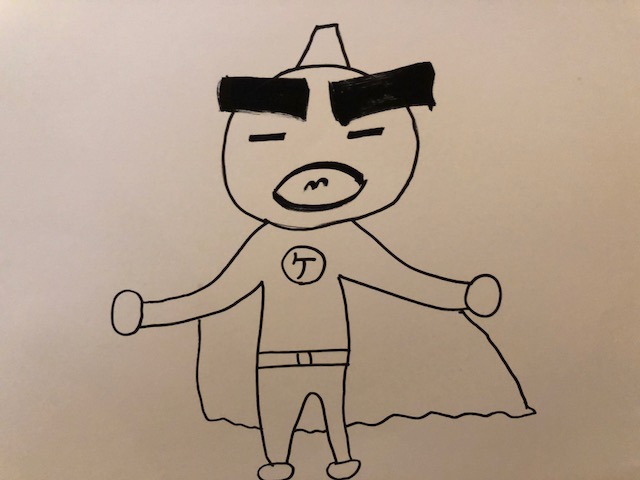KNIT MAGAZINE
We interviewed about the characteristics of polyester, a knit material.

- Post date:
- March 22, 2018 07:00
KNIT MAGAZINE


We translate with Google Translate. You can contact us if you have any question.
Hello everyone. This is Yashima. Suddenly it’s getting warmer in earnest. Isn’t it painful for people with hay fever? I couldn’t help it because my eyes were itchy.
Ah ~~ I thought that hay fever would get worse year by year, so I was dying to apply eye drops for conjunctivitis that I had at home. Then, mysteriously, itching flew away somewhere. .. I may have had conjunctivitis, not hay fever.
What are you talking about! !!! Now, the main subject.
In my last blog, I wrote about sustainability. And this time, I was planning to write about ISPO, but there was something I had to summarize again before writing an article about ISPO. It’s about synthetic polyester. In talking about the sustainability and ecology that each exhibiting company took up at ISPO, I have to review polyester, which is the No. 1 production volume of chemical fibers. I interviewed Kate Daman (an official unofficial character of Maruyasu Yarn) who knows everything about knitwear, which is quietly serialized on the cover of the newsletter enclosed with DM, so I will send you the pattern. increase.
Please have a look.
table of contents

Table of Contents
ashima: Hello. Kate Daman. I’m pleased to meet you, today.
Kate Daman: Hello. Thank you for calling. Can you say hello to this much and ask a question immediately?
Eight: Then, immediately. What is polyester made of?
Ke: Yashima-kun, that’s a good question. Nowadays, the voices of sustainability and ecology are being heard in Europe and elsewhere. That’s why I want to deepen my understanding of chemical fibers.
The raw material for polyester is petroleum. It goes through a scientific process to turn petroleum into small polyester chips. Then the chip is made into a liquid, extruded from a nozzle with a small hole, and wound into a thread. By adjusting the size of the nozzle hole, you can freely adjust the thickness of the thread.
Eight: I see. Is oil becoming a thread like that?
K: It’s important to remember that depending on the application, you can intentionally make fibers with different fiber lengths for filaments (long fibers) and staples (short fibers). Chemical fibers are usually produced as filaments, but in our industry, they are stapled and natural fibers to be blended with natural fibers such as hemp, cotton and wool to give them a variety of textures each season. I spin it.
Eight: Kate Daman!! My understanding has deepened!!
Eight: By the way, what are the characteristics of polyester? Is it quick-drying? Also, is it possible to make various shapes by changing the shape of the nozzle like jelly?
Ke: Mr. Yashima. You ask a really good question to focus on the nozzle. you are genius !! Next, let’s talk about the characteristics of polyester.
As I said earlier, polyester pushes liquid out of the nozzle to harden it. By changing the shape of the nozzle, which Yashima paid attention to, it is possible to produce polyester with an irregular cross section instead of a round one. Since the original polyester does not have functions such as water absorption and quick drying, it is made hollow or has a deformed cross section to give it water absorption and quick drying.
Ke: One of the characteristics of polyester is
And so on.
Eight: It has many features that natural fibers do not have.
Ke: That’s right. From an ecology point of view, chemical fibers tend to be shunned, but they have many attractive aspects such as quality stability and functionality that natural fibers do not have.
Pip Pip Pip Pip! !!
Ke: Oops, it’s time like this. I have to go back to the warehouse. Thank you Yashima-kun, it was a very fun time. If you have any questions, please call me anytime. Farewell! !!
View ――――――
Eight: Thank you. Kate Daman. I want to proceed with the development of polyester yarn.
How was the interview method with Kate Daman? If it is popular, I will call Kate Daman again. If Kate Daman never appears again, leave it alone.
Thank you for staying with us until the end.
By the way, the oil industry is the first in the industry to promote environmental destruction, and the textile industry is the second.
Also, thank you again next time.
Subscribe Now
To receive the latest updates and insights, subscribe to our newsletter.
Contact Us
For further inquiries regarding this article, please feel free to contact us.